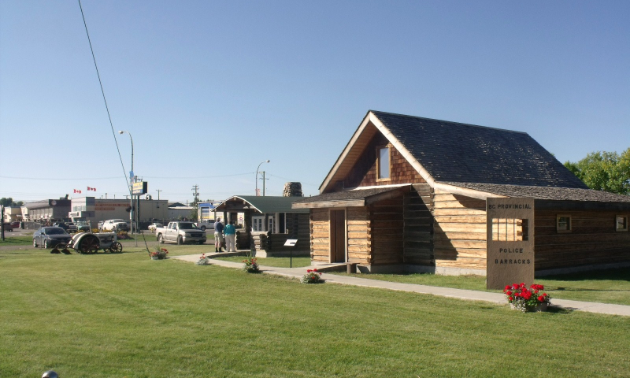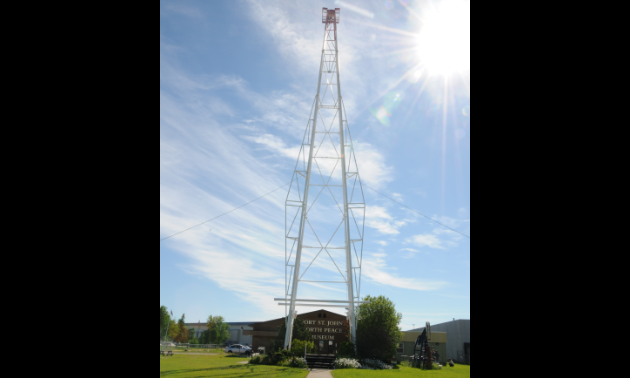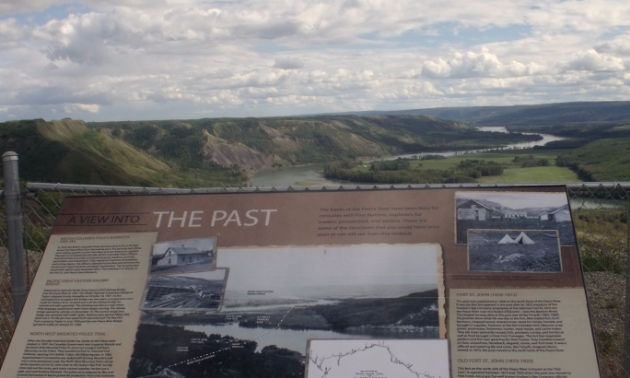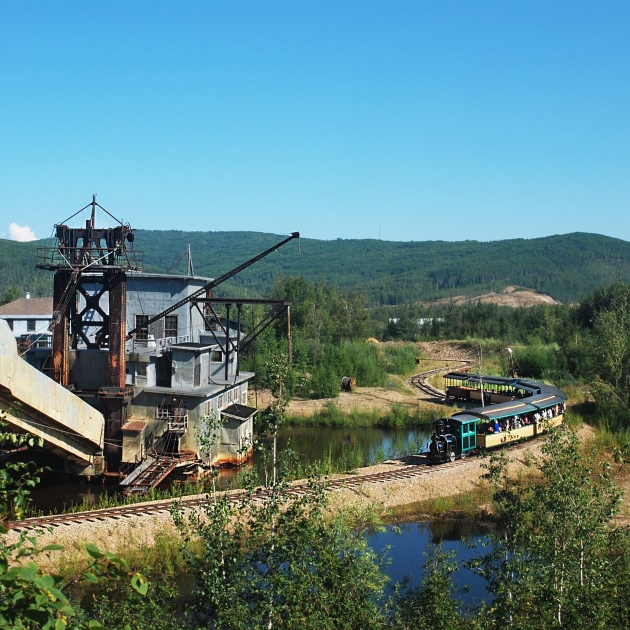Where’s the queen’s beef? Fort St. John
There are many facets to Fort St. John, one being “the land of milk and honey”

Take your RV on a historic road trip this summer. There’s one place you should check out that’s got history coursing through its rivers by the boatload: Fort St. John. As Larry Evans described it, “Our history isn’t old, but there’s lots of it.”
Evans is on the board of the historical society and has been on city council for 11 years. He knows Fort St. John to its core. It’s undergone some radical changes throughout its history.
“For a while we were a gold town, as well as fur trading,” said Evans. “People then moved up on the flat and discovered they could grow almost anything: wheat, barley, fescue, canola. Farming took over from the trapping and has always been a mainstay.”
Fort St. John’s evolution didn’t stop there. The building of the Alaska highway changed the north forever. That took the traffic away from the Peace River and placed it on pavement.
“The Alaska Highway turned everything topsy turvy here,” Evans said. “Our town went from 500 to 2,000 overnight. It was the biggest administration and construction camp on the highway.”
Once the highway became established, oil and gas settled in the early ’50s. Forestry is really big in the area as well, housing the biggest oriented strand board plant in the world and a Canfor mill. These developments have set Fort St. John on the path it is on today and have made way for its monicker “The Energetic City.” Fort St. John has worn so many hats over the years, it’d make John Wayne’s head spin.

To truly absorb yourself in Fort St. John’s past, the North Peace Museum chronicles the city’s exploits and notable events. After the First World War the government gave returning veterans land surrounding Fort St. John. The 1930s were bountiful for homesteaders because of that initiative combined with the Depression. During that time Evans said Fort St. John was seen as “the land of milk and honey.” People could grow what they needed to eat and snack on the queen’s beef, that is to say, moose and deer—given that label because they live on Crown land.
The museum is also the place where you’ll learn about the city’s founder, C.M. Finch. Thanks to his initiative, a post office was established, which literally put Fort St. John on the map.
If your bucket list includes driving the Alaska Highway, this summer might be the time to make that trip. There are many celebrations coinciding with both Canada's 150th birthday and the 75th anniversary of the construction of the Alaska Highway such as an air show at the North Peace Regional Airport and an Alaska Highway Road Show at the North Peace Cultural Centre featuring stories about the Alaska Highway.
You can take your time while taking in the sights at several RV-friendly lookouts over the Peace River valley such as the one at the south end of 100th Street in Fort St. John. The museum has placed historic signs at these observatory spots outlining the history of the region.
One of the most scenic drives along the Peace River Valley is between Fort St. John and Hudson's Hope. You’ll be treated to beautiful views of farms, mountains, forests and the river itself. It is a highly recommended detour when travelling the highway.

Rest assured, if you head up north this summer, you won’t be alone. “Nearly 300,000 people pass by here during the summer,” said Evans. “Sometimes you’ll see motorhomes for miles.”
Going on the road trip of a lifetime while visiting a historic city during our nation’s 150th anniversary—what more could an avid RVer want?
For any more details about your visit to Fort St. John, go to the Visitor Information Centre at the Pomeroy Sports Centre.






